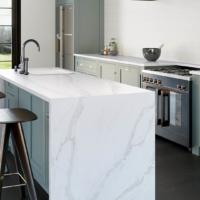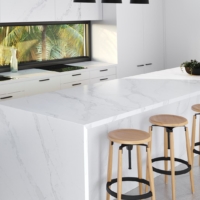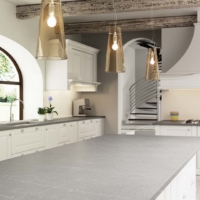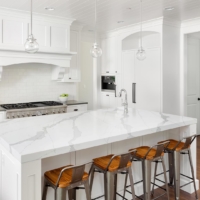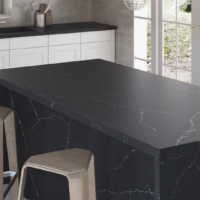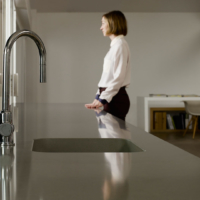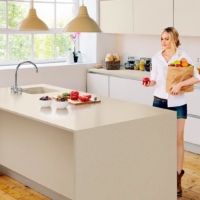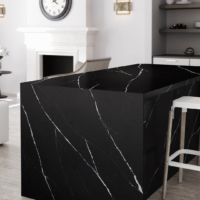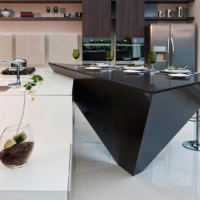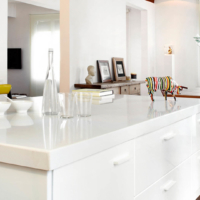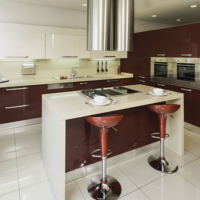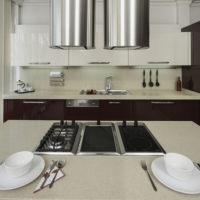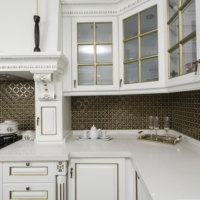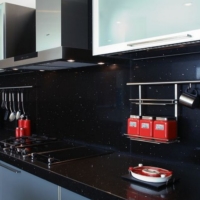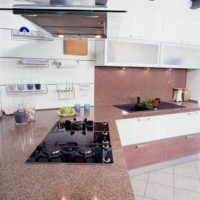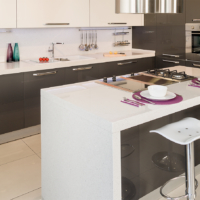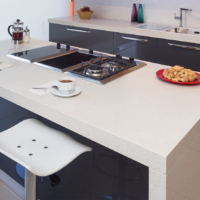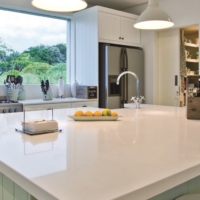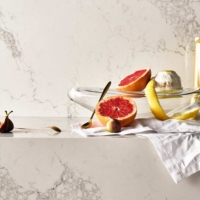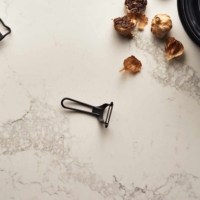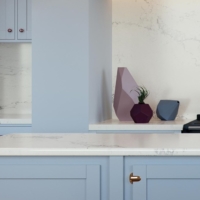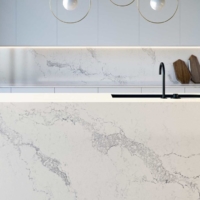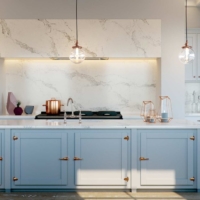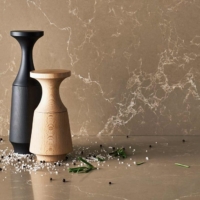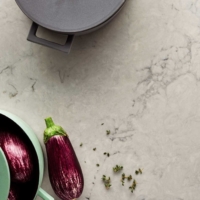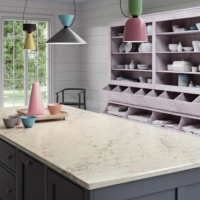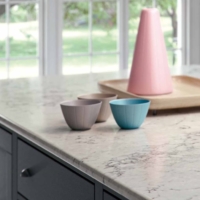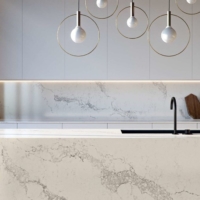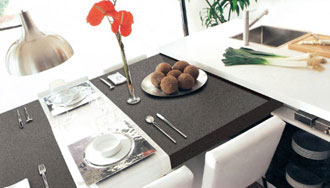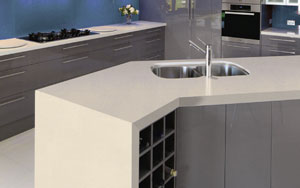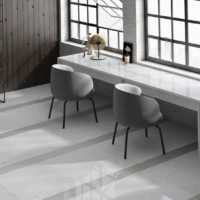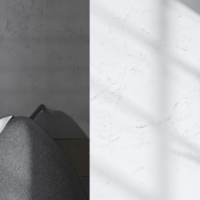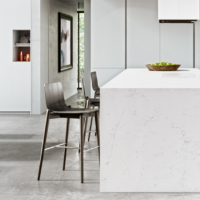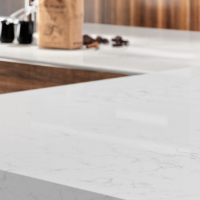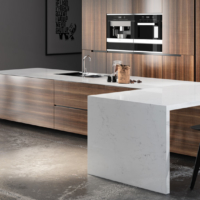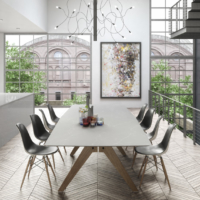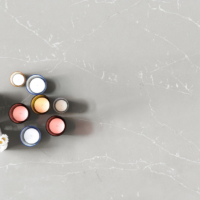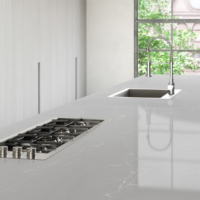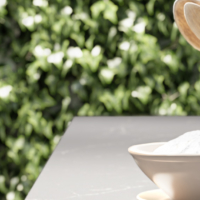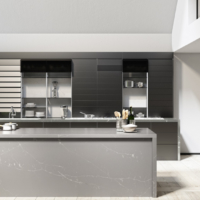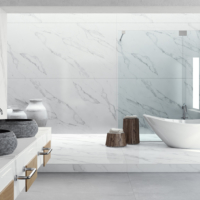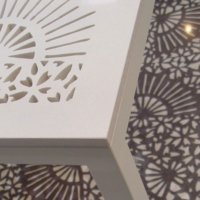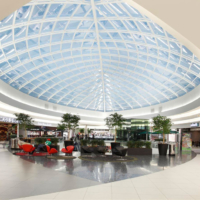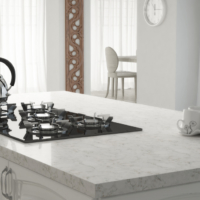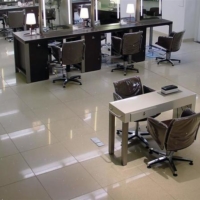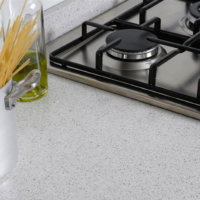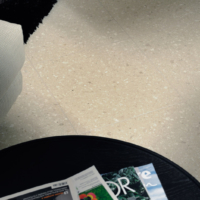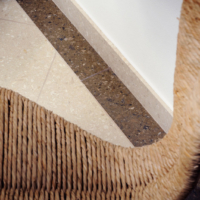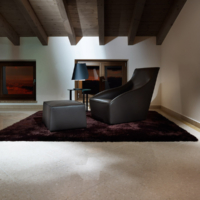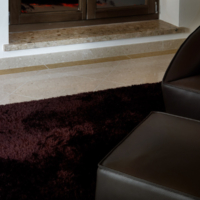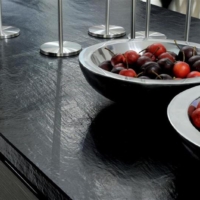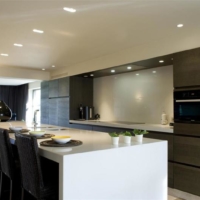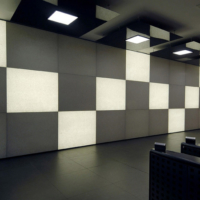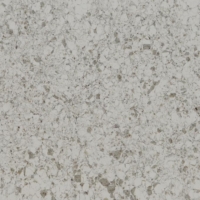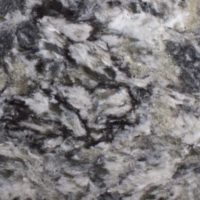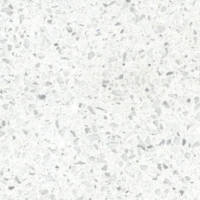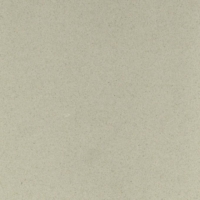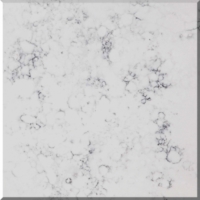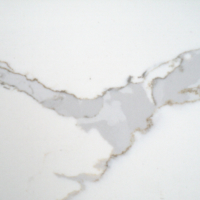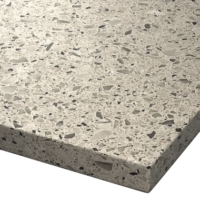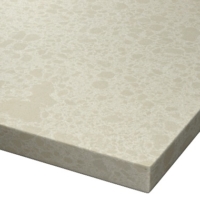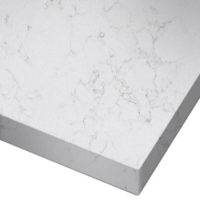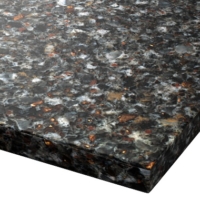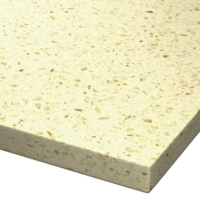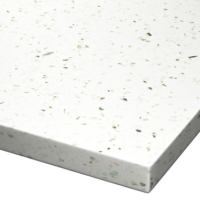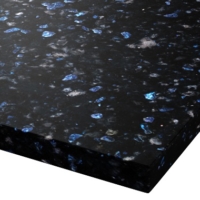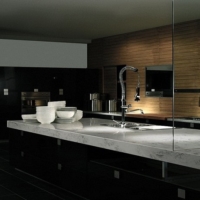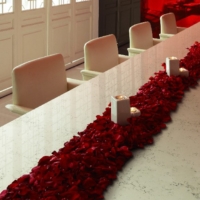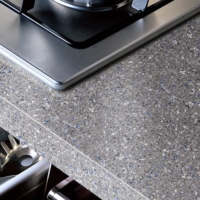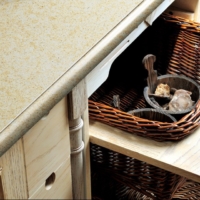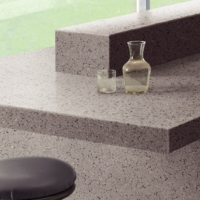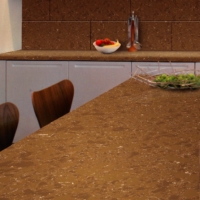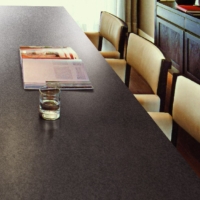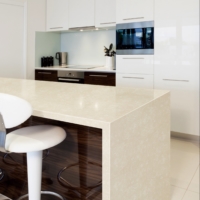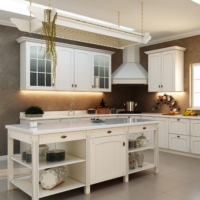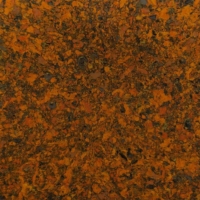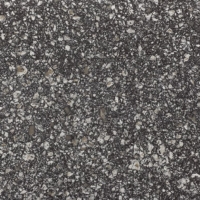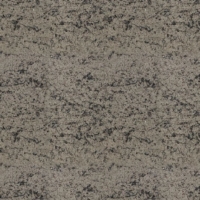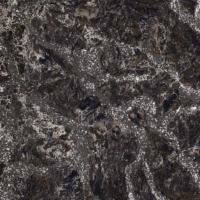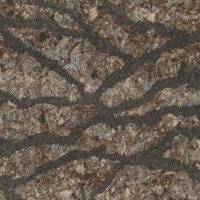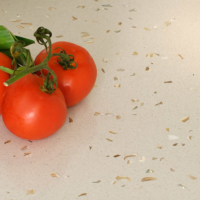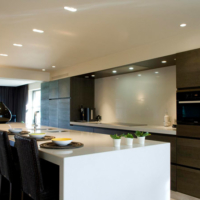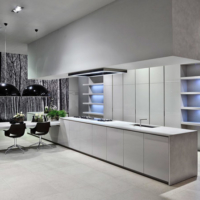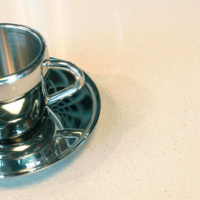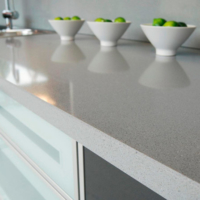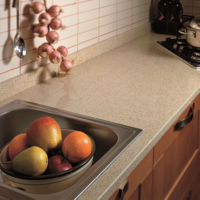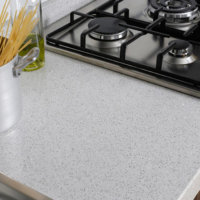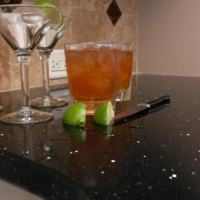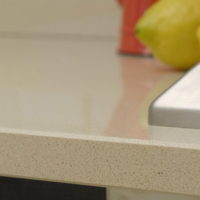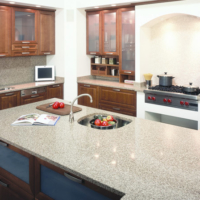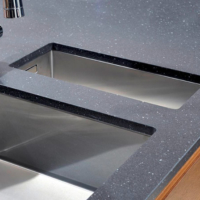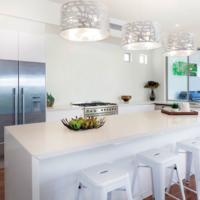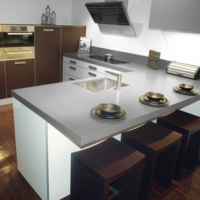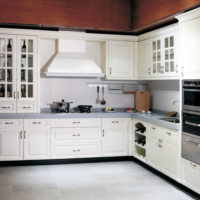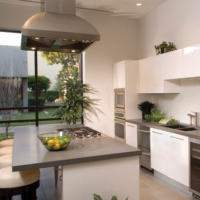When it comes to designing or remodeling your kitchen or bathroom, choosing the right worktop can significantly impact the space’s aesthetics and functionality. Among the many materials available, Silestone is a popular choice due to its durability, variety of colors, and sleek, modern finish. But with so many options, how do you choose the perfect Silestone worktop color for your space?
In this guide, we’ll explore the factors to consider when selecting the ideal color for your Silestone worktop, the latest color trends, and tips for matching it with other elements in your home.
What is Silestone?
Before diving into color choices, it’s essential to understand what makes Silestone a great option for worktops. Silestone is a premium engineered stone made primarily of quartz, combined with resins and other materials. Its popularity stems from its durability, non-porous surface, and aesthetic appeal. Silestone is available in a variety of colors, patterns, and finishes, making it a versatile option for various home styles and uses.
Factors to Consider When Choosing a Silestone Worktop Color
Selecting the right color is more than just picking something that looks good on its own. Here are the key factors to keep in mind:
1. Room Size and Lighting
The size and lighting of your space can affect how the color of your Silestone worktop looks. In smaller rooms, lighter shades like whites, creams, and soft greys can make the space feel larger and more open. Darker colors, such as black, deep brown, or charcoal, can create a more dramatic look but may make the space feel more confined, especially in a small or poorly lit room.
2. Complementing Existing Colors
Your Silestone worktop will likely be paired with other elements, such as cabinetry, backsplashes, flooring, and wall colors. When choosing a worktop color, think about how it complements or contrasts with these existing features. For example:
-
Light-colored cabinetry often pairs well with darker worktops, creating a striking contrast.
-
Dark cabinets are often complemented by lighter worktops to avoid overwhelming the space.
-
If your flooring is patterned, a neutral-colored worktop can act as a balanced counterpoint.
3. Style of the Room
The overall design style of the room should influence your color choice. For example:
-
Modern/Contemporary: Clean, sleek lines with minimalist décor may benefit from lighter colors like white, grey, or even marble-inspired Silestone.
-
Traditional/Classic: Rich, warm tones like beige, deep brown, or darker stone textures can enhance a more classic, timeless look.
-
Industrial or Urban: Darker colors with a matte finish or even options that mimic concrete or metal are perfect for creating an industrial or urban vibe.
4. Maintenance and Staining
While Silestone is non-porous and stain-resistant, lighter-colored worktops may show stains or marks more clearly than darker shades. If you’re worried about maintenance, dark colors might be a safer choice, as they hide blemishes and spills better than lighter tones.
5. The Latest Color Trends
Trends in interior design can also influence your choice of worktop color. Some of the most popular Silestone colors and finishes in recent years include:
-
Whites and Off-Whites – These colors remain timeless and create a bright, clean aesthetic.
-
Greys – Grey tones, ranging from light silver to charcoal, are versatile and blend seamlessly with various décor styles.
-
Beige and Cream – Soft neutrals continue to be favorites, offering warmth without being overpowering.
-
Marble Effect – Silestone’s marble-inspired finishes offer the beauty of marble without the maintenance concerns, and they’re becoming increasingly popular for modern kitchens.
-
Dark Shades – Bold blacks, navy blues, and dark greys are excellent for creating a luxurious or dramatic look.
6. Budget Considerations
While Silestone is an investment in terms of both material and installation, certain colors may come at a higher price. For example, colors with more intricate patterns or unique finishes (like marble-effect designs) may cost more than simpler, solid colors. It’s always wise to balance your aesthetic preferences with your budget.
Tips for Pairing Silestone Colors with Other Elements
1. Cabinetry and Countertop Pairing
-
For light cabinets, choose a darker worktop like Silestone’s Kensho or Torrente for a striking contrast.
-
For dark cabinets, pair them with a lighter-colored worktop, such as Blanco City or Lusso, to brighten up the space.
-
If you have wooden cabinetry, a neutral-colored Silestone, like Crema Urban or Bianco River, can help maintain a warm, organic feel.
2. Backsplashes
The backsplash is an essential element that ties the entire kitchen together. If your Silestone worktop is a solid color, consider incorporating a patterned or textured backsplash to create visual interest. If your worktop is patterned, a simpler backsplash will ensure the space doesn’t feel too busy.
3. Flooring
Your floor color can either complement or contrast with your Silestone worktop. If you have dark flooring, a lighter worktop color like Blanco Maple or Gris Expo can add brightness to the room. Conversely, light-colored floors work well with darker Silestone tones like Charcoal or Negro Tebas for added sophistication.
4. Wall Colors
Neutral tones in the walls, like beige, grey, or off-white, can work with almost any color of Silestone. However, if you want a bold contrast, you can pair dark countertops with light walls or vice versa.
The Top Silestone Worktop Colors You Should Consider
Here are some of the most popular and highly recommended Silestone worktop colors:
-
Blanco City – A clean, white surface that reflects light and enhances the sense of space.
-
Kensho – A light grey with subtle white veins, ideal for creating a contemporary and sophisticated look.
-
Lusso – A soft white with light grey veining, perfect for modern kitchens with a marble-like effect.
-
Torrente – A rich, deep grey with gentle movement, suitable for both modern and traditional settings.
-
Negro Tebas – A bold, black option with fine specks that make a strong statement in any kitchen or bathroom.
-
Bianco River – A beautiful off-white with fine grey speckles, perfect for pairing with light-colored cabinetry.
Frequently Asked Questions (FAQ)
1. How do I maintain the color of my Silestone worktop?
Silestone is known for its low-maintenance qualities, but it’s still important to clean it regularly with mild soap and warm water. Avoid harsh chemicals that may dull the finish or discolor the surface. Wipe up spills immediately, especially those from acidic substances like citrus, coffee, or wine.
2. Can I change the color of my Silestone worktop later?
Once installed, the color of your Silestone worktop cannot be changed easily. However, you can always consider adding elements like paint or new accessories to refresh your space.
3. Are lighter Silestone worktops more prone to staining?
While Silestone is non-porous and resistant to stains, lighter colors may show stains more visibly than darker ones. Regular cleaning and immediate attention to spills will help maintain the beauty of lighter worktops.
4. How long does a Silestone worktop last?
Silestone is designed to last for many years with proper care. It’s one of the most durable materials on the market, offering resistance to scratching, staining, and heat.
5. Can Silestone be used for outdoor spaces?
While Silestone is ideal for indoor use, it is not recommended for outdoor installations due to UV exposure, which can cause color fading over time.
Conclusion
Choosing the right color for your Silestone worktop requires careful thought about your room’s size, style, and the other elements in the space. Whether you opt for a classic white, sophisticated grey, or bold dark tones, there’s a Silestone color that will perfectly complement your design vision.

